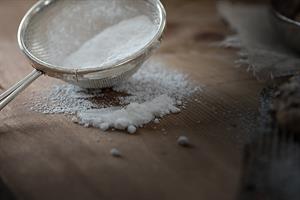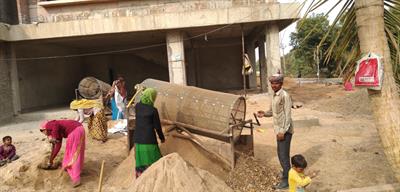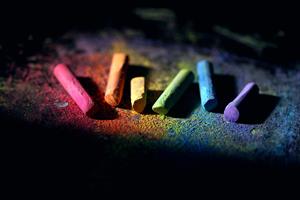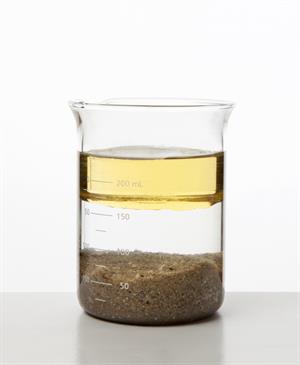
PUMPA - SMART LEARNING
எங்கள் ஆசிரியர்களுடன் 1-ஆன்-1 ஆலோசனை நேரத்தைப் பெறுங்கள். டாப்பர் ஆவதற்கு நாங்கள் பயிற்சி அளிப்போம்
Book Free Demo4. Sieving
When we are using the rotti or maida flour, we remove the impurities by using sieve. This process is called, sieving.
Sieving allows the tiny flour particles to pass through the holes of the sieve while the bigger impurities remain on the sieve.

Example:
1. In construction of a building, workers uses the rotary sand sieving machine.

2. In class room we separate the chalk from the chalk dust.

5. Sedimentation
When we are washing rice with water, the dust and other tiny particles will either float or settle down in the water, then we can easily separate those impurities from the substances. And this process is known as sedimentation.
When water (any liquid) is added to the substances, the solid component in a mixture settles, this process is called, sedimentation.
If the solid impurities are a heavier component then it will settle down in a liquid. And in the case of a lighter component it will float in a liquid.
6. Decantation
Separating the liquid from a vessels without disturbing the sediments present in a vessels is called, decantation.
Simply we can say, that if a solid compound settled down in a liquid is called, sedimentation. And, if we separate that liquid without disturbence is known as decantation.
Now, let us see the examples of sedimentation and decantation.
Example:
Water purification:
Water purification is a example of sedimentation process. If the water in a vessel has heavier impurities leave it as such. After some time, the heavier impurities will settle down in the bottom of the vessel.
Oil and water:
The mixture of oil and water forms two separate layers. The component that forms the top layer which is lighter can then be separated by decantation.

Reference:
Aakash_Aakash / Shutterstock.com